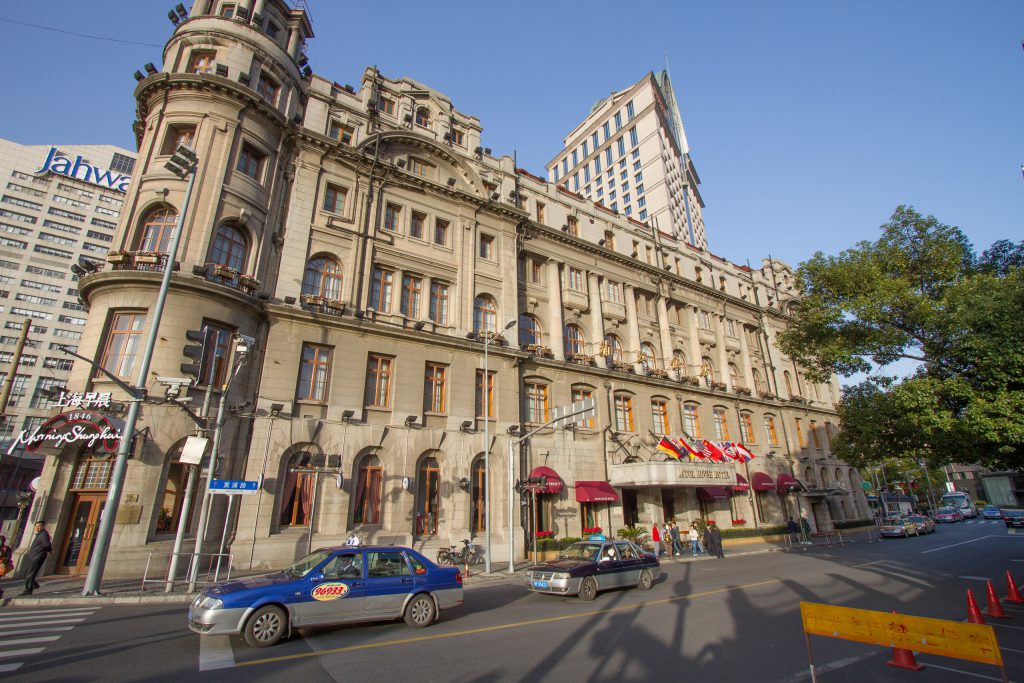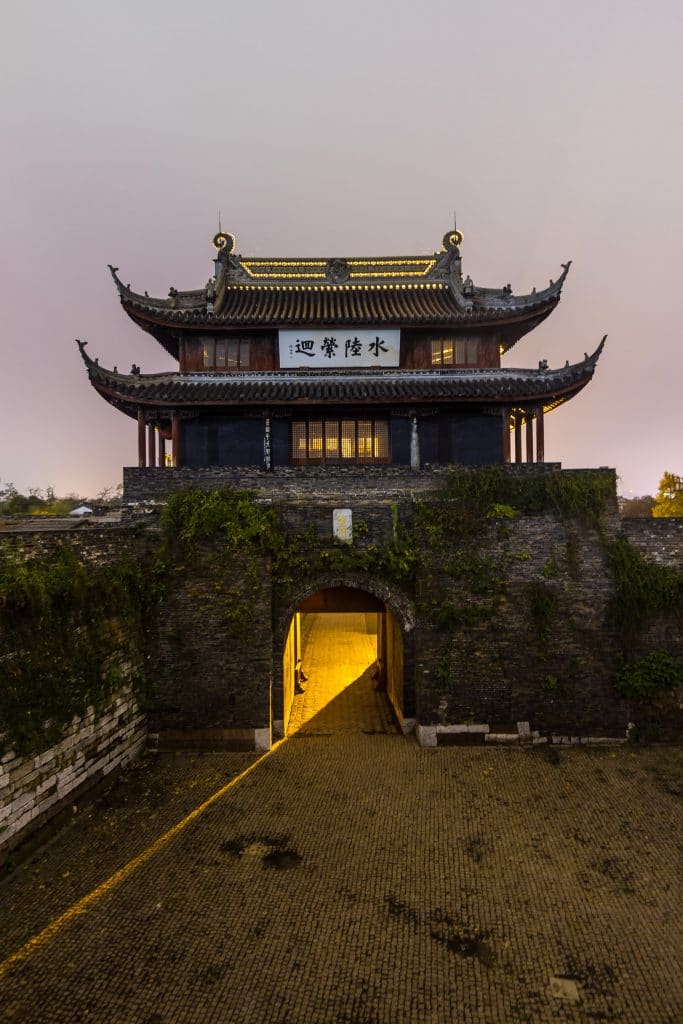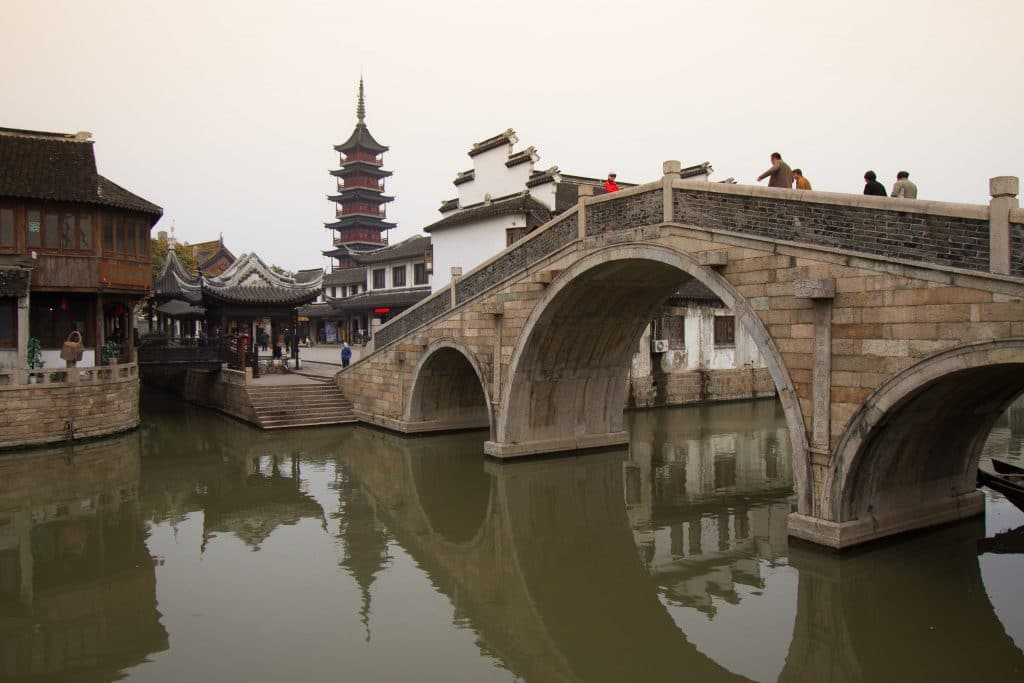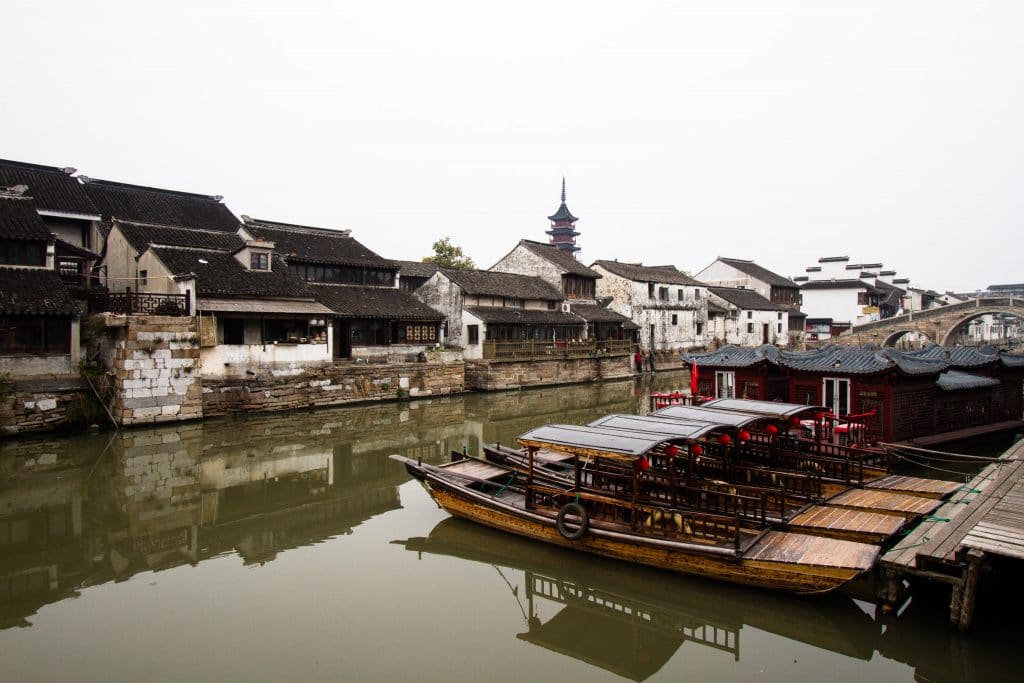At the beginning of November I had the opportunity to visit Shanghai for work – 24 years after my first visit in 1988. Needless to say, it is a completely different place today. Back then, I stayed in a 20-bed dormitory close to the Bund in what was then called the Pujiang Hotel.
According to Wikipedia, “[i]n the late 1980s, the hotel’s reputation declined, and it functioned partly as a ‘backpackers hangout’” – a very apt description: run down, with the foul stench from the nearby, heavily polluted Suzhou Creek drifting in from the windows, it was the place (and one of the only places) for backpackers like myself. Today, it’s been restored to its old glory as the Astor House Hotel – though it still (or again) looks rather worn and at £50 a night is still at the lower end for hotels in Shanghai, but I’m sure I didn’t spend more than $5 a night when I stayed there.

But the biggest change, of course, is the Pudong area, just across the river from the Bund, where all the landmark skyscrapers stand today (apparently featured in Skyfall, which has not made landfall in Japan yet as I write this). Back then, it was just industrial wasteland; looking across from the Bund at night, it was just darkness. What a difference today!
The little back alleys, with wrinkled old men and women sitting in wicker chairs and life generally taking place in the street, have also disappeared, replaced by wide roads with lots of traffic, apartment blocks, and shopping centres. And Yuyuan Garden, a haven of tranquillity 24 years ago – with a tea house in the middle of a pond, reached by a zigzag bridge – seems like a circus now, packed with (mainly Chinese) tourists, shops with tacky tourist trinkets, sellers of fake watches and handbags, and Starbucks (I wonder whether they dodge their taxes through creative accounting the way they do in Europe?).
Suzhou, about 100km from Shanghai and famed for its gardens and canals (as a result of which it is often called the “Venice of the East”, though that really, really stretches things), now is a city of more than 4 million – bigger than any city in Germany. I had memories of leisurely cycling from one traditional garden to another, surrounded by Chinese on their bikes furiously ringing their bells as they crossed an intersection without slowing down. Instead, like Kyoto in Japan, it’s now a city with high-rises, more shopping centres and traffic jams, with historic sights sprinkled here and there. That being said, what there is to see (just like Kyoto) is still very beautiful. One of those gems is the Pan Gate, which my friends were very keen to show me (thank you!), although it was getting late and starting to rain, which, however, only added to the atmosphere.

Another gem is Qiandeng (“Town of a Thousand Lamps”) that my colleague took me to – after various involuntary (but very instructive, from an economist’s point of view) detours through vast expanses of industrial estates and export processing zones. (Although just about everyone in Shanghai seems to have an iPhone, no-one seems to have a sat nav; with all the building going on, roads just change too quickly; hence, all those detours.) Qiandeng has not been fully “developed” for tourism (yet!), meaning that, on a drizzly weekday, we had the historic part almost to ourselves. It was a step back in time, with little alleyways and the Thousand Lamp Museum hidden in the former residence of some historic luminary whose name or relevance I didn’t catch.


I left Shanghai with rather mixed feelings about all the changes that have taken place. China’s economic rise has lifted millions out of poverty, which is surely a good thing. But the cult of progress and commerce seems to have come at a high price, with a lot of the historical architecture and traditional neighbourhoods being lost. I suppose we in Europe can consider ourselves lucky that development proceeded at a much gentler pace, allowing much of the historical heritage to be preserved…